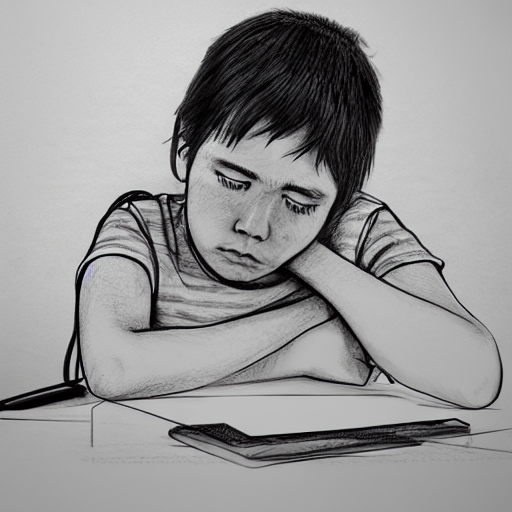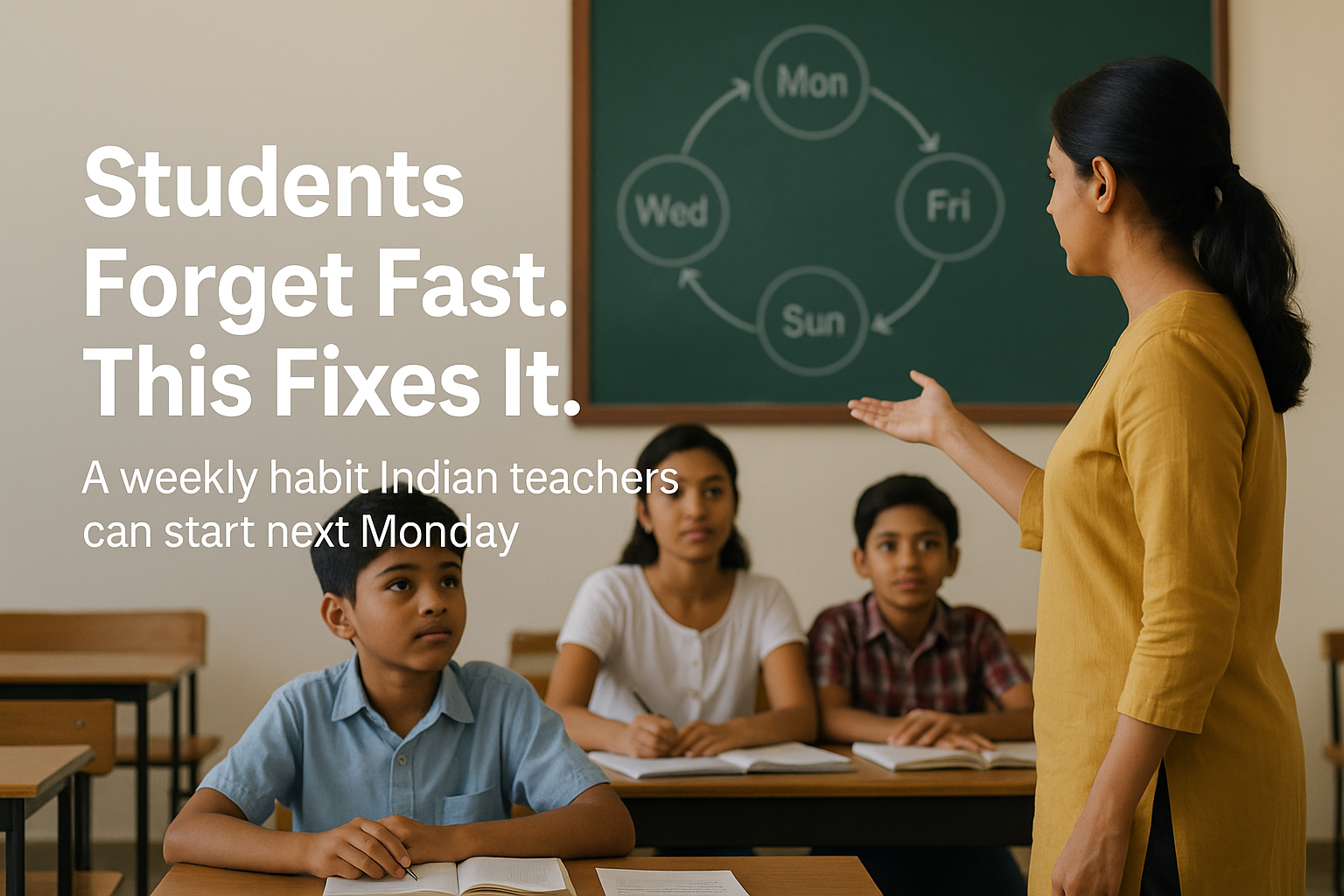How to re-engage students after months of learning loss

Because students have been learning from home via digital mediums, there has been a lot of learning loss and disengagement of learners since in-person classrooms reopened after the pandemic lockdown. This is becoming a huge challenge for the teachers, who are trying to help these students catch up.
One of the major reasons for this disengagement is the lack of social interaction. In a classroom setting, students are able to interact with their peers and learn from each other. But at home, they are not getting that same level of interaction. This is causing them to feel isolated and disconnected from their classmates.

Another reason for the disengagement is the lack of structure. In a classroom, there is a set schedule and routine that students are used to. But at home, they are not getting that same level of structure. This can lead to them feeling lost and confused about what they are supposed to be doing.
There are many ways to bring engagement levels back into classroom learning. One way is to have students work in pairs or groups on projects. This will allow students to collaborate and learn from one another. Another way is to have students rotate through different stations that focus on different topics. This will keep students engaged as they will be constantly learning new things. Finally, it is important to keep a positive atmosphere in the classroom. This will make students feel happy and motivated to learn.
If you are looking for ways to help your students learn after the pandemic lockdown, consider using some of these strategies. By doing so, you can help your students avoid learning loss and disengagement.
There is no one-size-fits-all solution to the problem of learning loss and disengagement. However, by using a variety of strategies, teachers can help their students overcome these challenges and be successful in the classroom.
Here are a few things that teachers can do to help their students improve their learning outcomes:

1. Foster a sense of community in the classroom. This can be done by creating a positive and supportive environment where students feel comfortable asking for help when they need it.
2. Create opportunities for students to work together on projects, both in and out of the classroom.
3. Promote student independence by providing opportunities for students to take ownership of their learning.
4. Adapt your teaching style to best meet the needs of each individual student.
5. Keep in mind that every student is different and will respond differently to various strategies. Therefore, it is important to be flexible and adaptable in order to best meet the needs of each individual student.
By using a variety of strategies, teachers can help their students overcome the challenges of learning loss and disengagement. By doing so, teachers can help their students succeed in the classroom.
If you are a teacher, what strategies do you use to help your students overcome learning loss and disengagement? Share your thoughts in the comments below.
.png?width=1322&height=350&name=C3ITXperts-logo-R%20(1).png)





.png)
